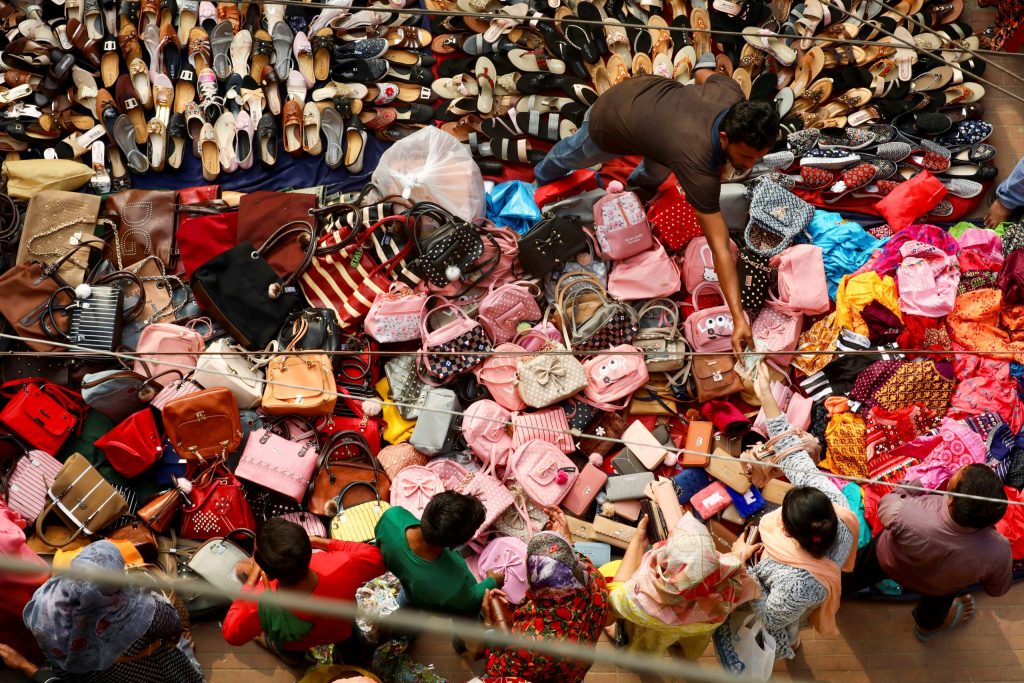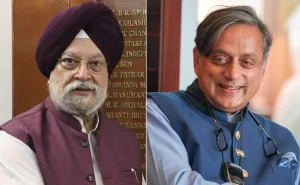Deteriorating economic conditions may have been one of the driving factors for the recent protests and regime change in Bangladesh. While the country is often hailed as the most vibrant economy in South Asia, it’s behind India, and even other sub-operational countries like Pakistan, on several important metrics. The political developments and instability will likely reduce growth and investment in Bangladesh, further increasing economic hardship.
Just four years ago, Bangladesh was the envy of Asia, with a GDP growth of 8.4%. In 2015, the country’s per-capita income crossed Pakistan’s, and in 2020, it overtook India’s as well. A deeper assessment reveals that these and other numbers may have been overstated as they don’t match other economic indicators.
According to IMF, Bangladesh’s per-capita income in 2024 at $2,650 is close to India’s per-capita income of $2,730. Logically, then, Bangladesh’s consumption metrics should be somewhat comparable to India’s. This is not the case.
Not-so-hot wheels:
Automobile sales in India are 3.5 lakh a month. Bangladesh’s population is 1/8th of India’s. Ideally, automobile sales should be in the range of 40k a month. The actual figure is just 1,000 a month.
Sapped energy:
Bangladesh’s per-capita energy consumption – which measures total energy consumption across all fuel types – is less than half that of India. In fact, Pakistan’s per-capita energy consumption is higher than Bangladesh’s, even though the latter’s per-capita income is nearly twice that of Pakistan.
Wrong weave:
Bangladesh’s textile sector, its top industry, saw a major strike in Oct-Nov 2023 with workers agitating for higher wages. After weeks of protests, the government agreed to revise the minimum wage upwards by 56% to 12,500 taka a month (equivalent to $115 a month at the time) to partly offset the higher cost of living. This figure is marginally higher than the minimum wage for unskilled labour in West Bengal, and is lower than the official minimum wage in Bihar.
Spiralling costs:
In the last three years, the Bangladeshi taka has fallen by almost 30% against the dollar. The commodity price hike in 2022, caused by the Ukraine conflict, hit Bangladesh particularly hard. As a resource-poor country, it depends upon imports of food, fuel, fertiliser and other resources. Devaluation of the currency indicates higher prices of imported goods, resulting in higher inflation.
BoP problem:
Bangladesh’s forex has declined over the past two years. This pushed the government to clamp down on ‘non-essential’ imports, another indication of economic trouble. Sri Lanka and Pakistan followed similar policies when their forex started to run dangerously low, to less than two months of import cover. Official portals have been inaccessible since August 5, so the latest data is unavailable. Trouble on the external front has been evident for at least two years, as Bangladesh went for a $3.2 bn support programme from IMF in November 2022 to help stabilise BoP.
The recent protests indicate dissatisfaction and anger. However, it’s unlikely that a new, military-backed regime will be able to do much better, let alone bring about a dramatic positive change in the economy. Given the political uncertainty, investors and lenders are likely to hold back for some time. If anything, the political change in Bangladesh may have worsened its economic outlook and will create further economic hardship.













